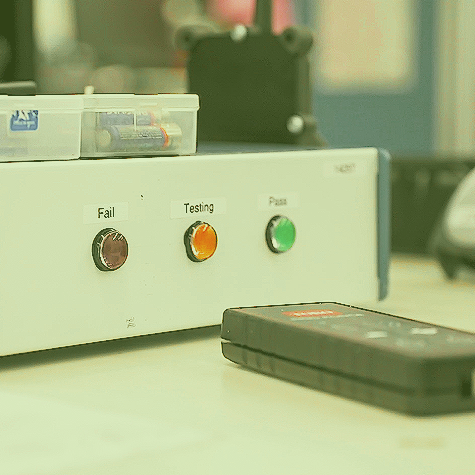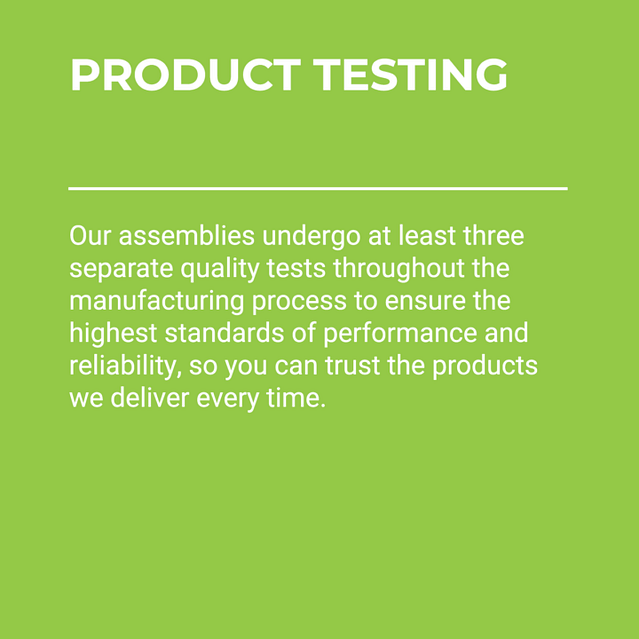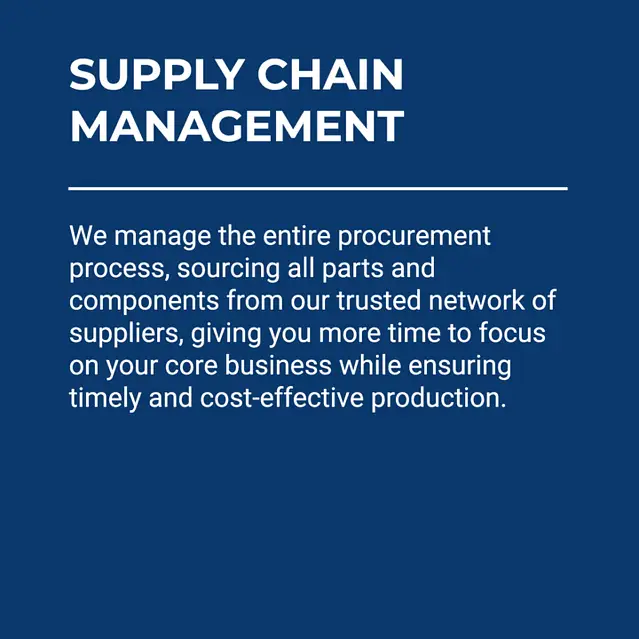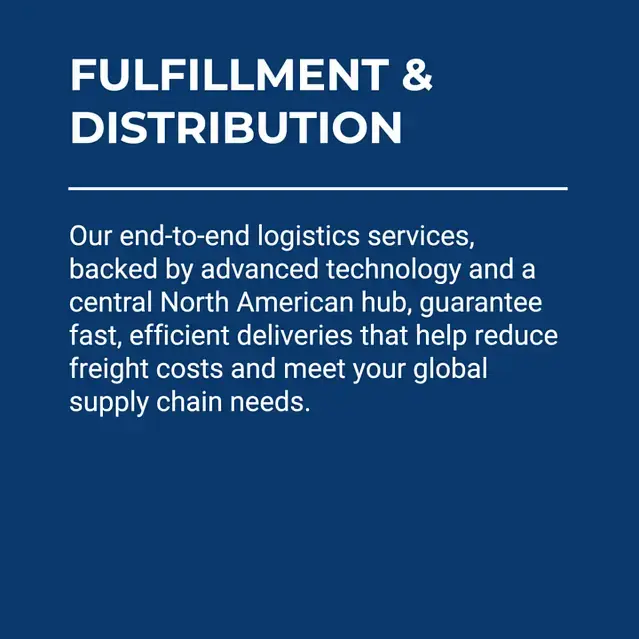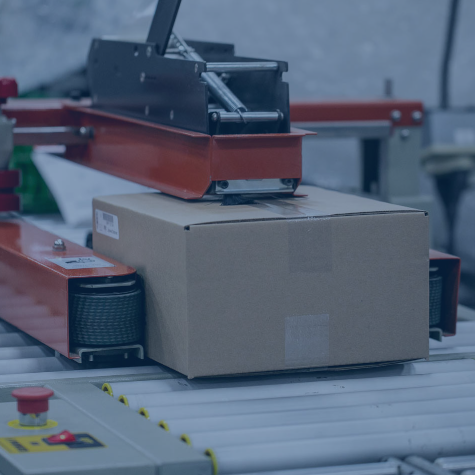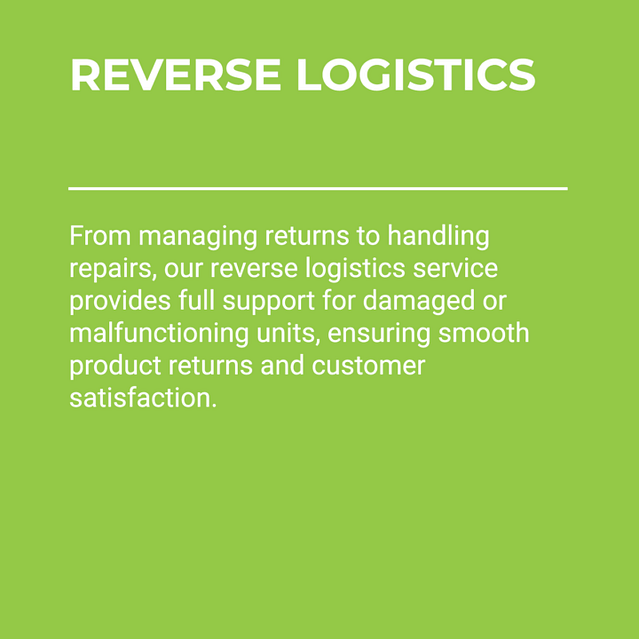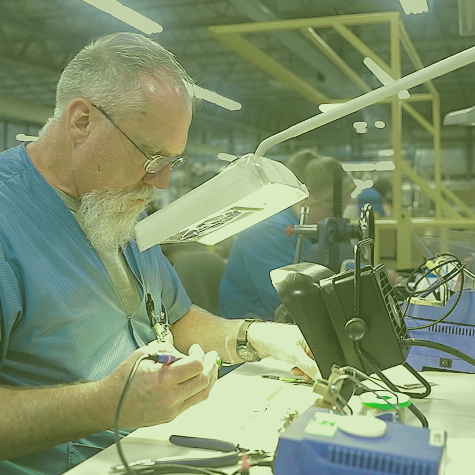Electrical systems and devices are vulnerable to damage from various natural and artificial sources. Because of this, it is necessary to protect printed circuit boards (PCBs) to maintain performance and longevity.
Electronics may encounter various contaminants and operating conditions. Some common examples of vibration, impact, corrosion, rain, humidity, sweat, dirt, debris and extreme temperatures. For this reason, various ruggedization techniques have been developed to help protect electronics.
Two methods of PCB protection are conformal coating and potting. Original equipment manufacturers (OEMs) must understand these two options to select the correct protection method for each application.
Both techniques utilize polymers to protect PCBs, providing some electrical insulation and thermal and chemical resistance. However, the application method and level of protection offered varies.
The following compares PCB potting vs. conformal coating and provides guidance on when each method is appropriate.
RUGGEDIZATION TECHNIQUES AT RIS
At RiverSide Integrated Solutions (RIS), we have the experience and equipment to protect electronics used in high-stress situations. Contaminants like electromagnetic fields or vibrations can cause degradation and poor functionality.
Our expertise and extensive ruggedized electronics capabilities allow your assemblies to withstand even the harshest conditions. Our team can provide protective options, including potting and conformal coating. We can help you find the method that best applies to the operating environment of your device.
Watch this short video to learn more about our PCB potting and conformal coating techniques.
WHAT IS CONFORMAL COATING?
Conformal coating is a form of protection in which a machine applies a thin film to an assembled PCB. This layer acts as a shield to protect the assembly. It’s a good choice to protect against dust, dirt, moisture and other contaminants that can lead to corrosion.
There are several techniques for applying conformal coating. The most common is spraying. It is suitable for higher volumes of PCBs and known for its consistency.
Conformal coating layers are typically thin. The thickness can vary depending on the level of protection required.
As electronics become more complex, the use of conformal coating has become more prevalent.
Once you have decided on conformal coating for your PCBs, you’ll need to select the type of coating. At RIS, we offer various coating options, including silicone and urethane, that work well for various electronics applications.
ADVANTAGES & DISADVANTAGES
One of the key benefits of conformal coating is that it contributes minimal weight gain to electronic devices. This method is also relatively inexpensive and easier to apply.
The primary disadvantage of conformal coating is that it is only appropriate for low-level PCB protection. If an assembly needs to withstand more severe operating conditions, it will need another ruggedization technique.
WHAT IS POTTING?
PCB potting, or encapsulation, surrounds the PCB with a shell of protection instead of a coating layer. A pot or casing is constructed over the PCB to encase the device and then filled with liquid resin. The resin fills the pot, covering and sealing the PCB entirely.
Potting is a two-step process, which often takes longer than conformal coating. Additionally, the casing is thicker than the conformal coating, adding weight to the PCB.
There is some overlap in the chemistry of the polymers used in conformal coating and potting. The most common compounds used in potting are silicone, epoxy and urethane.
ADVANTAGES & DISADVANTAGES
The cons are that potting is typically more expensive than conformal coating and adds weight to the PCB. Also, there is no rework or repair option once the PCB is potted.
However, the additional thickness provides increased protection. So, the key advantage of PCB potting is its excellent protection. It has increased protection against heat, chemicals, water, shock and vibration damage.
WHICH PROTECTION IS BETTER: POTTING OR CONFORMAL COATING?
Naturally, OEMs often ask: Which method of PCB protection is better? The answer is that both ways are good choices and suitable for specific applications. Really, it depends on which method is best for your device.
OEMs should consider several factors when determining whether to use PCB potting or conformal coating for a given application.
These considerations will help determine the level of protection required for your PCB.
- PCB design, components and layout
- Cost and intended use of the device
- Operating conditions and environmental elements expected
- Level of protection provided by housing
As a general rule of thumb, conformal coatings are an excellent choice for applications that expect mild operating conditions. They may also require flexibility and have weight or thickness limitations.
For example, conformal coating is common with mobile and handheld electronics, such as phones.
Conversely, PCB potting provides additional protection and is, thus, an excellent option for applications that expect more extreme conditions. In these cases, a higher level of resistance to vibration, impact, abrasion, chemicals, moisture and temperature is required.
Often, equipment used in industrial or agricultural areas requires potting for added protection.
About RiverSide Integrated Solutions:
RIS is an advanced contract manufacturer providing robust solutions in circuit board assembly and product assembly. We employ more than 350 people and provide services to OEMs worldwide. We operate two state-of-the-art manufacturing facilities within the US.
With all of the choices in contract manufacturers out there, we know it can be challenging to find someone who understands your business model and has your best intentions in mind. RIS has always proven to be a win-win-focused relationship.
As your one-stop shop, we have the capabilities, capacity, quality assurance standards and resources to support all of your manufacturing needs. We understand that supply chain management is complex and very time-consuming, so we urge our customers to utilize us in the fullest capacity.
Our total-package solutions include:
- Dedicated Program Team
- Extensive supply-chain network for efficient parts procurement and kitting
- Subassembly and full box-build
- Warehousing and drop-shipping capabilities
- Reverse logistics
- Flexible order fulfillment
- Scalability to meet your needs
Contact us today at (507) 523-3220 to see how we can help with your manufacturing project, or click contact us for a quote.





